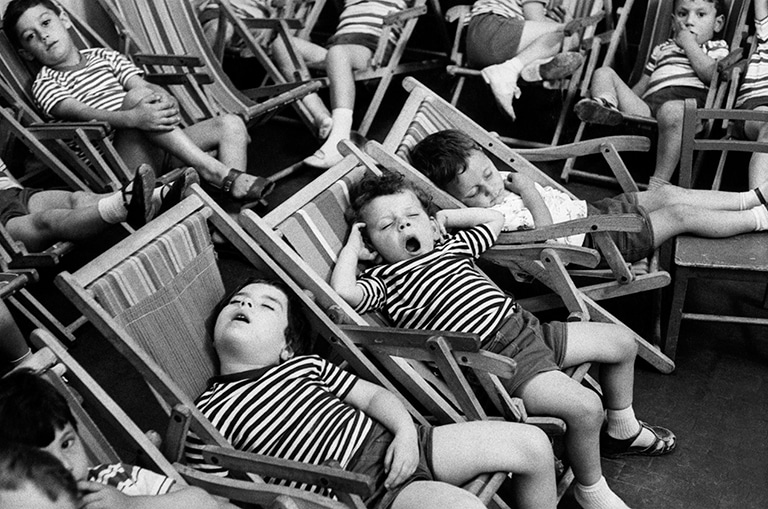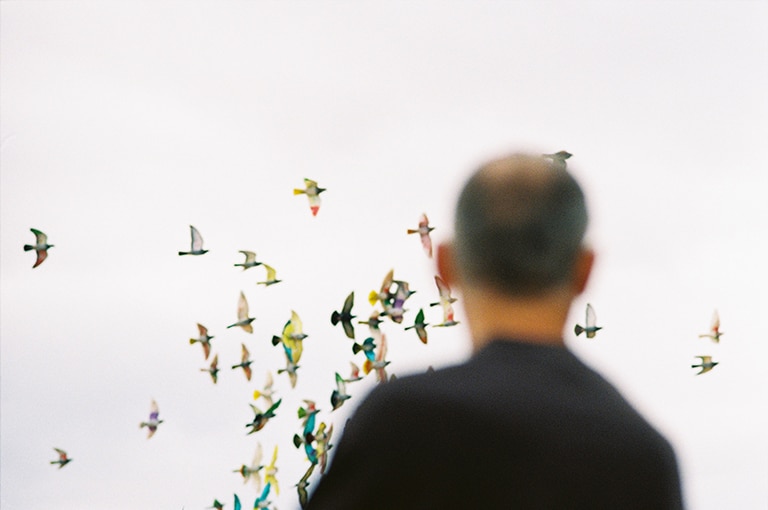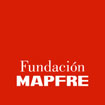The Triumph of Color. From Van Gogh to Matisse
OCT.10.2015 ──────── JAN.10.2016
Paul Sérusier
El talismán [Le Talisman, l’Aven au Bois d’Amour], 1888
Musée d’Orsay
© RMN-Grand Palais (musée d’Orsay) / Hervé Lewandowski
Through the works of artists such as Van Gogh, Matisse, Seurat, Gauguin, Cézanne, Monet, Derain and Renoir, this exhibition analyzed how color paved the way for a move from Impressionism to avant-garde painting. The exhibition featured art on loan from the Musée d’Orsay and the Musée de l’Orangerie, loaned exceptionally for this occasion.
This exhibition, organized to celebrate the unveiling of the Fundación MAPFRE Exhibition Hall in Barcelona, sought to demonstrate, through the works of the main artists of the age, how color paved the way for a move from Impressionism to avant-garde painting.
The convergence in this exhibition of a careful selection of masterpieces from renowned artists such as Van Gogh, Gauguin, Seurat, Signac, Bonnard, Vuillard, Cezánne, Derain and Matisse, along with other lesser known artists such as Charles Angrand, Georges Lemmen and Félix Valloton, meant that this occasion became a unique moment in which to dig deeper into this period of vibrant creativity.
The exhibition was carried out with the scientific collaboration and exceptional loans from the Musée d’Orsay and the Musée de l’Orangerie, it was curated by Guy Cogeval, president of the d’Orsay and the l’Orangerie museums and Pablo Jiménez Burillo, Director of Fundación MAPFRE’s Culture Area, and was scientifically curated by Isabelle Cahn, curator at the Musée d’Orsay.
The exhibition
The 19th century was marked by a progressive and unstoppable invasion of color over the predominance of drawing which had ruled over art until that time. Color slowly started to bleed over the edges, expanding and occupying the canvas’ surface. The painters of the age sensed that color could express something in and of itself and they threw themselves into discovering it. They slowly began to distance themselves from nature in order to approach color abstraction.
In order to demonstrate how, following on from impressionism, painting exploded, and sensations, the subjective experience and the personal vision of the artist reigned supreme, this exhibition was organized into four sections:
Scientific color presented us with a selection of works, supported by the investigations made by the chemist Michel-Eugène Chevreul, which served as a basis for creating the Neo-impressionist technique. This consisted of painting juxtaposing dabs of primary colors or complementary colors in order to intensify their richness, brightness and solidity and so that they could be blended in the eye of the beholder.
Linked to the trip that Gauguin would make to Brittany and his meeting with Émile Bernard in 1888, the section entitled At the mysterious center of thought. Gauguin and the Pont-Aven School brought together works that reflected the investigations undertaken by both artists, who developed a new, synthetic way of painting, defined by the presence of silhouetted outlines and the use of arbitrary, symbolic and flat colors.
The Talisman, painted on a wooden tablet in Pont-Aven in 1888 by Sérusier under Gauguin’s guidance, opened the third section: Les Nabis: prophets of a new art which reflected the aesthetic ideology of this group of artists who formed the Parisian avant-garde at the end of the 19th century and defended the spiritual origins of art, with color serving as a way of conveying emotional states.
The liberation of color brought us to the work of Matisse. At the beginning of the 20th century there was a spate of young painters expressing their art through brushstrokes of pure color, with more or less round daubs, or square, stuck together, spaced apart and scuffed brushstrokes. In the words of Paul Signac, “it is a love for the beauty of color” that led them to pure and bright colors.




